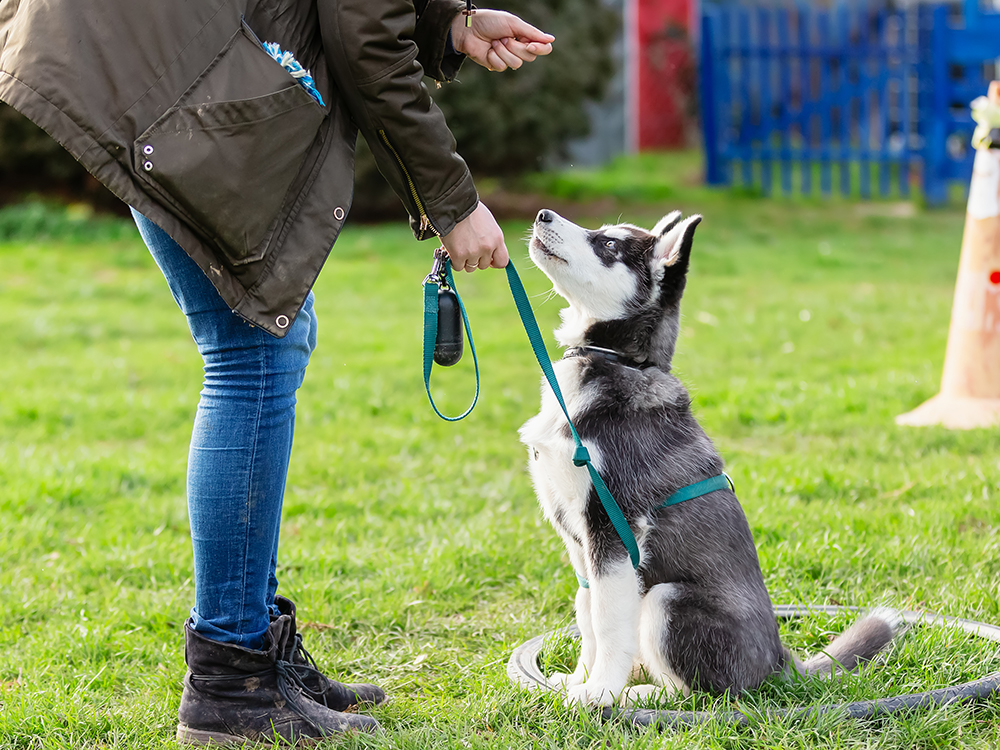
Dog training is an essential aspect of pet ownership, ensuring a harmonious relationship between canine companions and their human counterparts. However, with the plethora of training methods available, it can be overwhelming for pet owners to determine the most effective approach. In this article, we’ll explore some of the best dog training methods, drawing insights and tips from professional trainers in the field.
Understanding Dog Training
Before delving into specific training methods, it’s crucial to understand the underlying principles of dog training. Dogs, like humans, thrive on positive reinforcement and clear communication. Positive reinforcement involves rewarding desired behaviors, such as sitting or walking calmly on a leash, with treats, praise, or toys. This approach reinforces good behavior and strengthens the bond between owner and pet.

Clear communication is also vital in dog training. Dogs rely heavily on body language and vocal cues to understand commands and expectations. Consistency is key; using the same commands and gestures ensures clarity and prevents confusion.
Positive Reinforcement Training
Positive reinforcement training is widely regarded as one of the most effective and humane methods for teaching dogs new behaviors. This approach focuses on rewarding desired behaviors while ignoring or redirecting unwanted ones. Professional trainers emphasize the importance of timing and consistency when using positive reinforcement.
For example, when teaching a dog to sit, the trainer would use a treat to lure the dog into the desired position. Once the dog sits, they receive the treat along with verbal praise such as “good sit!” Over time, the dog learns to associate sitting with positive outcomes and will offer the behavior willingly.
Clicker Training
Clicker training is a form of positive reinforcement training that utilizes a small handheld device called a clicker. The clicker emits a distinct clicking sound when pressed, signaling to the dog that they have performed the desired behavior correctly. Clicker training is particularly effective for shaping complex behaviors and capturing precise moments of good behavior.
Professional trainers recommend pairing the clicker with treats or other rewards to reinforce the desired behavior. With consistent practice, dogs quickly learn to associate the clicker with positive outcomes and will eagerly repeat the behavior to earn the reward.
Marker Training
Marker training, also known as target training or bridging, involves using a verbal or visual cue, known as a marker, to signal to the dog that they have performed the desired behavior. Common markers include words like “yes” or “good,” or a hand signal such as a thumbs-up gesture. Marker training enables precise communication between owner and pet and facilitates faster learning.
Professional trainers emphasize the importance of timing when using marker training. The marker must be delivered immediately after the desired behavior to ensure clear communication. Consistency in the use of markers is also crucial for effective training outcomes.
Behavioral Training

In addition to teaching obedience commands, dog training often involves addressing behavioral issues such as aggression, fearfulness, or separation anxiety. Professional trainers employ a variety of techniques, including desensitization, counterconditioning, and management strategies, to modify problem behaviors.
Desensitization involves gradually exposing the dog to the source of their fear or anxiety in a controlled environment, allowing them to become accustomed to it over time. Counterconditioning pairs the trigger of fear or anxiety with something positive, such as treats or play, to change the dog’s emotional response.
Effective dog training requires patience, consistency, and a deep understanding of canine behavior. By utilizing positive reinforcement techniques such as clicker training, marker training, and behavioral modification strategies, pet owners can foster a strong bond with their canine companions and ensure a lifetime of mutual respect and cooperation. Consulting with a professional trainer can provide invaluable guidance and support on your training journey, helping you navigate any challenges that may arise. With dedication and perseverance, both you and your dog can enjoy the benefits of a well-trained and well-behaved pet.

